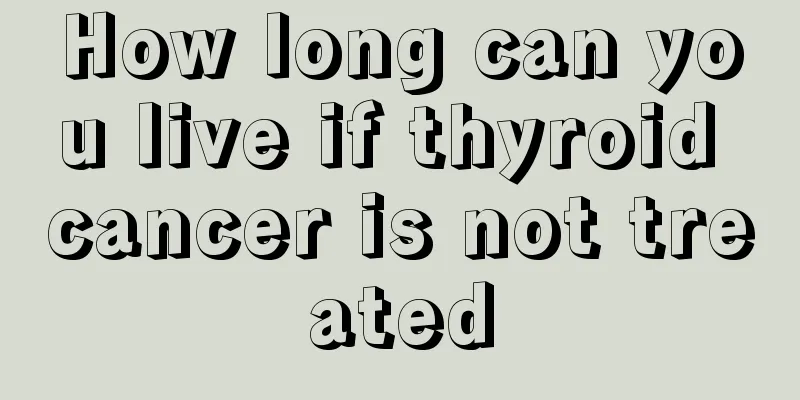How terrible is glioma?

|
Glioma is a potentially dangerous central nervous system tumor that is considered a serious threat to life and health due to its difficulty in early detection, strong invasiveness, and high recurrence rate. It is particularly important to fully understand the harmfulness of glioma and its causes and treatment methods. 1. Cause analysis The exact cause of glioma is not yet fully understood, but according to research, its occurrence may be related to the following factors: Genetics: Some familial genetic diseases may increase the risk of glioma, such as Li-Fraumeni Syndrome. Environmental factors: Long-term exposure to ionizing radiation or certain industrial chemicals is believed to increase the risk of disease. Physiological factors: Cell mutation or abnormal proliferation in the central nervous system may be the direct cause of glioma formation. Pathology: Mutations or abnormal proliferation of glial cells may lead to the formation of various types of gliomas, including astrocytomas, oligodendrogliomas, and ependymomas, ranging from low-grade tumors to highly malignant glioblastomas. 2. Harmfulness of glioma Highly invasive: Glioma is located in key parts of the central nervous system such as the brain or spinal cord, and can easily spread to surrounding healthy tissues, causing damage to nerve function, such as movement disorders, language abnormalities, memory loss, etc. High recurrence rate: Even if the tumor is removed surgically, its invasive nature often makes it difficult to completely remove the tumor and leads to a high risk of recurrence. Serious threat to life: Especially high-grade gliomas, which can cause compression or functional damage to vital centers. If not treated in time, they may rapidly develop into fatal diseases. 3. Treatment The treatment of glioma requires a personalized plan based on pathological classification and grading. Common treatment methods are as follows: Surgery: Remove as much tumor tissue as possible, using microsurgery and navigational surgical equipment to improve precision. For high-grade tumors, other treatments may be needed after surgery. Radiotherapy: It is suitable for patients with residual tumors after surgery or those who cannot undergo surgical resection. Stereotactic radiotherapy can be used to reduce the rate of progression. Chemotherapy: Temozolomide is a common drug that delays the progression of the disease by inhibiting the growth of tumor cells. Emerging treatments such as immunotherapy and targeted therapy are making certain breakthroughs, but further research and verification are needed. 4. Health management suggestions Patients and their families should pay attention to postoperative rehabilitation and follow-up management, and improve their quality of life through balanced diet, proper exercise, psychological adjustment, etc. For the general population, avoiding excessive exposure to radiation and maintaining a healthy lifestyle can also help reduce the risk of disease. Gliomas are considered a medical problem due to their complexity and harmfulness. If symptoms such as recurrent headaches, nausea and vomiting, and blurred vision occur, you should seek medical attention as soon as possible, and receive targeted treatment and follow-up management after a clear diagnosis. |
<<: What causes T-cell lymphoma
>>: How to treat left ovarian teratoma and get better quickly
Recommend
What should I do if my hair falls out after using silicone-free shampoo
Once hair falls out, patients will be very nervou...
Is sugarcane an allergy-inducing food?
Irritating foods are foods that have the effect o...
Treatment of left ovarian teratoma
The treatment methods of left ovarian teratoma ma...
How long can you live with basal skin cancer
Skin cancer includes basal cell carcinoma, squamo...
Is thyroid cancer not easy to detect?
Thyroid cancer is a relatively common endocrine t...
What is the method of saline breast augmentation injection?
Nowadays, there are various breast enhancement me...
How to kill ticks and what medicine to use
People living in the south should be familiar wit...
Why does the right side of my belly button hurt? Pay attention to these situations
If you have abdominal pain, you need to figure ou...
What kind of health care treatment should be done for lung cancer?
The stubbornness and incurability of lung cancer ...
Is lymphoma contagious?
Is lymphoma contagious? 1. Lymphoma is a malignan...
The harm of long-term low-grade fever
Every time we measure body temperature, we always...
What are the sequelae of radiotherapy for breast cancer
Breast cancer is a common malignant tumor disease...
Traditional Chinese medicine nursing after colorectal cancer surgery
Since the intestines are closely related to diet,...
What should I do if I have kidney deficiency and lower back pain?
If the kidneys cause back pain, you must pay atte...
Pancreatitis recipes
Pancreatitis is a common clinical disease, and th...









